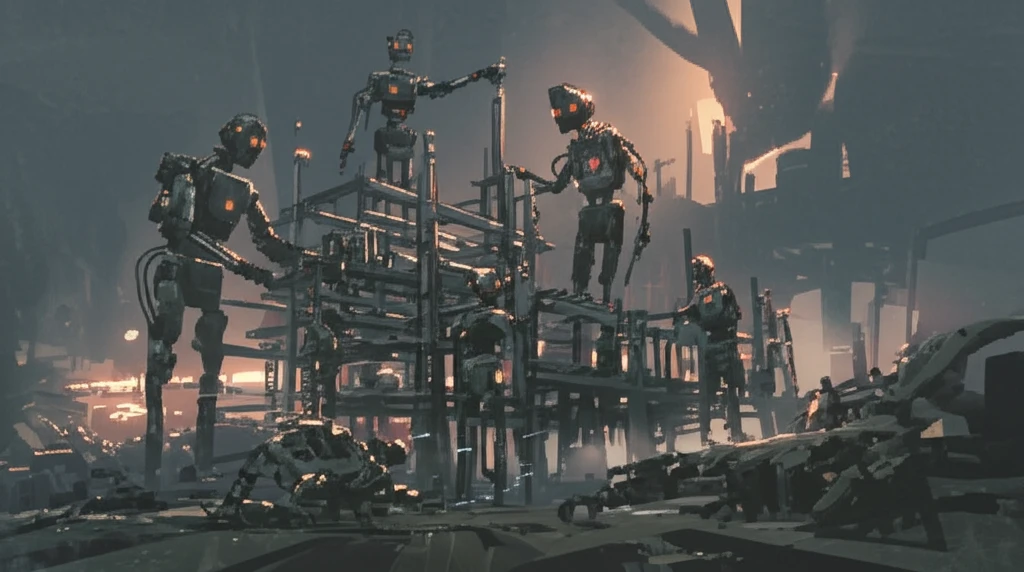
Group Harmony: How Multi-Agent Systems Achieve Consensus
"A Deep Dive into Admissible Consensus for Descriptor Multi-Agent Systems with Real-World Disturbances"
Imagine a team of robots working together in a warehouse, a fleet of self-driving cars navigating a city, or even a group of interconnected power grids balancing energy supply and demand. These are all examples of multi-agent systems, where multiple independent entities collaborate to achieve a common goal. The key to their success lies in consensus—the ability of all agents to agree on a course of action.
Achieving consensus isn't always easy. Real-world multi-agent systems often face external disturbances that can throw them off course. Think of a sudden storm disrupting the path of a self-driving car or a power surge affecting the stability of a smart grid. To ensure reliable operation, these systems need to be designed to maintain consensus even in the presence of such disturbances.
Recent research has focused on a specific type of multi-agent system known as "descriptor multi-agent systems." These systems are particularly relevant because they can model a wide range of complex scenarios, including those with constraints or limitations on the agents' behavior. The challenge is to develop control strategies that allow these systems to achieve what's called "admissible consensus"—a state where all agents agree and the system remains stable and well-behaved, even when external disturbances are present.
Understanding Admissible Consensus in Multi-Agent Systems

At its core, consensus in multi-agent systems means that all agents within the system come to an agreement on a particular value or action. This is crucial for coordinated tasks where each agent's actions depend on the actions of others. However, achieving simple agreement isn't always enough, especially when the system is subject to external influences.
- Descriptor Systems: These are a specific class of systems that can model more complex relationships between variables compared to standard systems. They're useful for representing systems with constraints or limitations.
- Exogenous Disturbances: These are external factors that can affect the system's behavior, such as noise, interference, or unexpected events.
- Directed Graphs: These are used to model the communication network between agents, showing who can send information to whom.
- Riccati Equation: A mathematical equation used to design control strategies that ensure stability and performance.
- Disturbance Observer: A mechanism that estimates the external disturbances acting on the system, allowing the control strategy to compensate for them.
The Future of Group Coordination
The study provides a foundation for designing more resilient and reliable multi-agent systems. By addressing the challenges posed by external disturbances, the research paves the way for more robust applications in various fields, from robotics and automation to smart grids and transportation. Future work will focus on extending these results to even more complex scenarios, such as those involving dynamic leaders or uncertain communication networks, ensuring that multi-agent systems can continue to achieve consensus and operate effectively in the face of ever-changing real-world conditions.
